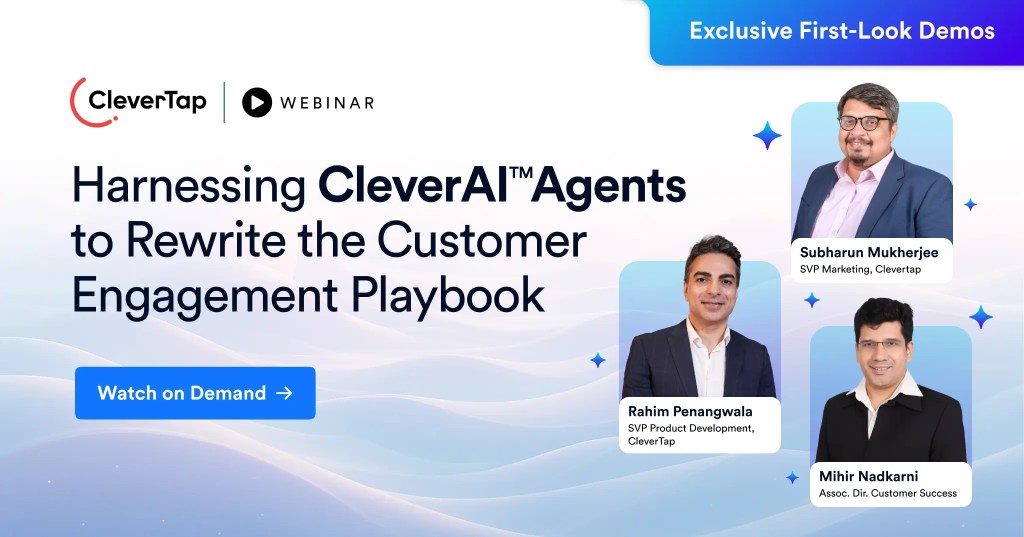Smartphones have fast become the go-to tool for accessing online content—from news and entertainment to products and services, typically in apps, browsers, and social media. As businesses harness mobile technology to reach an ever-growing number of consumers, the US mobile advertising industry has noticed, spending a record $223 billion in 2020. This figure is expected to exceed $339 billion by 2023.
The importance of adopting a mobile-first mindset is undeniable. Globally, more than 60% of all digital advertising spending is directed toward mobile platforms. In the UK and Brazil, this allocation rose to 76% in 2020.
However, mobile marketing isn’t without its challenges. The mobile environment is multifaceted. There are mobile apps, messaging services, emails, and so much more to tackle. How do you identify the best channels for reaching your potential customers? Furthermore, how do you measure your marketing campaign’s effectiveness in converting leads into customers?
With mobile marketing automation, it’s possible to use apps to both track customer behavior and elicit direct feedback, via surveys and online reviews. As well, automated features, such as push notifications and text or in-app messages, keep users engaged and build rapport with prospects. A well-designed app can leverage automation for better behavior analytics and audience segmentation—all while personalizing and enhancing the customer journey.
Fully Understand Users Through Behavior Analytics
The first step in any good marketing campaign is to know your target market. Fortunately, mobile commerce allows you to leverage smartphone features like location services and user data (gathered by online and in-app activity) to track customer behavior.
The customer journey—specifically how one action leads to another as the user interacts with online products and services—is especially important to marketers. What path do they follow and which areas do they focus on? Does their customer journey end with a purchase? If not, at what point do they decide to leave?
Acquiring all of this data is one thing, being able to effectively analyze it and act upon it is another. Data concerning retention rates, navigational path, and how often a user engages with specific elements is valuable information. And strong mobile marketing automation and analytics tools are key to making the most of it.
After data is gathered, it needs to be measured and integrated with other information, such as demographics. This provides a better understanding of your target audience while also spotlighting which marketing channels are most effective in improving customer acquisition and conversion. These analytics are used to guide your sales and marketing approach, develop relevant and engaging content, and deliver it to the appropriate user-specific platforms.
Targeting the Right Audience With Real-Time Segmentation
Behavioral analytics provides relevant data for segmenting your audience in meaningful ways and identifying different groups of potential and existing customers. Categorizing users by sets of shared characteristics helps to fine-tune marketing efforts which can boost customer engagement and minimize wasteful marketing spending. As always, optimized return on investment is the name of the game.
The most common customer segmentation approaches are based on the following criteria:
- Geographical data such as city, state, and country of residence (according to the user’s previous social media and other app inputs)
- Detailed location information, gathered from a mobile device’s GPS signal
- Behavioral patterns related to specific smartphone usage frequency, activity preferences, and browsing history
- Factors for demographic segmentation, such as age, gender, occupation, and income
- Psychographic indicators—namely attitudes, interests, and values
Other approaches focus on specific stages of the customer journey. For instance, new users could be targeted to receive a welcome email or introductory offer. Active users might respond best to customized suggestions or special deals based on purchase history. Strengthening relationships with regular users could involve a customer loyalty program or incentives to review products or services. For less active users, push notifications or reminders via email or SMS, with links to the specific site or app, can drive re-engagement.
Target audiences and marketing tactics are continually evolving. The most effective segmentation strategy requires real-time data and analytics provided by mobile marketing automation. This allows for ongoing testing and appraisal of user behavior about specific marketing messages and adverts. It also enables micro-segmentation, which ensures communication is always relevant without being excessive.
Personalize the Customer Journey Across Different Channels
Global retail ecommerce sales were worth $5.7 trillion in 2022 and are expected to reach an estimated $8.1 trillion by 2026*. Flexible mobile technology has changed the dynamics of the traditional linear customer lifecycle. According to a study by McKinsey, data and analytics that enable “radical personalization” can give companies a particularly powerful competitive edge in attracting—and keeping—online customers.
Mobile marketing automation and personalized content are game-changers in the relationship between consumers and ecommerce brands. Hyper-personalization targets customer interests, demographics, and location—right down to local events and weather. User-specific data creates deeper insights for mobile marketing campaigns and supports omnichannel marketing messages at every stage of the customer journey.
When prospective customers download an app, automated smart prompts encourage them to customize settings and enable location permissions. Push notifications and in-app messages serve to streamline the onboarding process, while introductory promotions and special offers boost engagement and increase brand loyalty.
The right mobile marketing solution regularly gathers and analyzes data to automate customer messaging and deliver a seamless brand experience across mobile, web, and in-app channels. Loyalty campaigns, frictionless enrollment, personalized notes, and post-sales communication (such as user surveys) are just some of the tools available to nurture existing clients while driving customer acquisition.
Modify, Optimize, and Scale Mobile Marketing Campaigns With Ease
From the first interaction to checkout, what are the best tactics for optimizing a mobile marketing campaign while scaling your customer base?
Defining objectives—such as user acquisition, engagement, and conversions—is a great starting point. Ensure you have a flexible, interactive, yet clearly mapped-out customer lifecycle journey. Some of the more popular marketing promotions make use of geo-tagging, digital coupons, and QR codes for seamless payment options.
Website and email interfaces and apps need to load quickly, be visually appealing, and be optimized for the mobile environment. Focus on removing friction at every stage of the customer journey—a simple and user-friendly ecommerce payment platform is essential!
Automation is a must-have for a truly successful mobile marketing strategy, especially as your customer base grows. The right software plays an integral role in delivering personalized, timely, and well-coordinated messages across a variety of channels. Mobile marketing automation also makes it easier to measure campaign performance and make necessary, targeted adjustments. These factors are critical for long-term success and scalability.
Take Your Mobile Marketing Automation to the Next Level With CleverTap
Mobile marketing automation platforms improve campaign impact and return on investment—all with increasingly minimal effort. Automation is crucial for creating personalized, omnichannel marketing strategies that help companies stand above the rest in today’s competitive business environment.
Automated mobile marketing software can take your campaign to the next level. That’s where CleverTap comes in. Can you imagine what a 150% rise in click-through rate can do for your business? What about a 159% increase in revenue, directly generated from messaging channels? Read about how CleverTap helped Tata CLiQ Luxury leverage marketing automation for success.
The best part of it all is that they are just one of many companies that have effectively used CleverTap’s marketing automation to grow their brand. Will you be next?

A Complete Guide to User Engagement
Subharun Mukherjee 
Heads Cross-Functional Marketing.Expert in SaaS Product Marketing, CX & GTM strategies.
Free Customer Engagement Guides
Join our newsletter for actionable tips and proven strategies to grow your business and engage your customers.















































